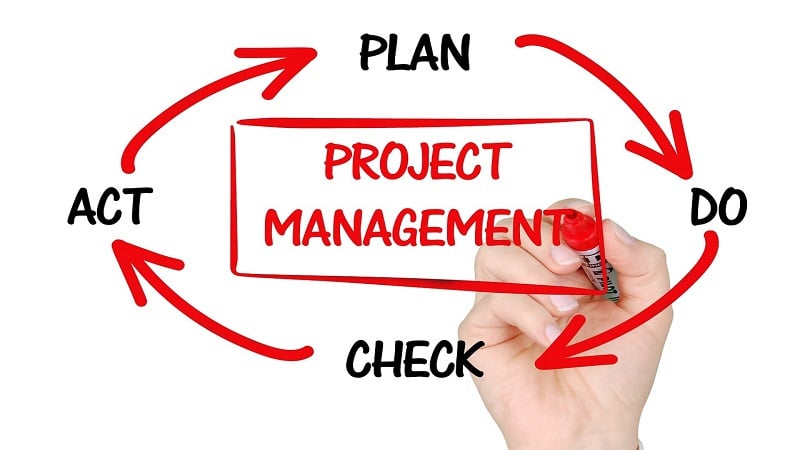
If you're new to agile project management, you may be wondering which framework is best for your team.
Two of the most popular options are Scrum and Kanban. While both are based on agile values and principles, they each take a different approach. Understanding the differences can help you determine which is a better fit for your specific project and team.
What is Scrum?

Scrum is a structured agile framework that organizes work into short, fixed-length cycles called sprints. Sprints are typically 2-4 weeks long. At the start of each sprint, the team pulls work from the prioritized product backlog into the sprint backlog, where it is broken down into tasks to be completed during that sprint.
The Scrum roles include the product owner, Scrum master, and development team. The product owner manages the product backlog and priorities. The Scrum master oversees the Scrum process and helps remove obstacles. The development team does the hands-on work to deliver shippable product increments by the end of each sprint.
Common Scrum ceremonies include sprint planning, daily standups, sprint reviews, and sprint retrospectives. These ceremonies provide opportunities for inspection, adaptation, and continuous improvement.
What is Kanban?
Unlike Scrum which organizes work into fixed sprints, Kanban is a continuous method. Work moves through defined workflow states on a Kanban board as it is completed. Common columns include “To Do,” “In Progress,” and “Done.”
There are no fixed roles, ceremonies, or timeboxes in Kanban. The focus is on visualizing workflow, limiting work-in-progress, and continuously improving flow. Kanban teams pull work into the system, complete it according to priorities, and move it through the workflow.
Kanban teams actively manage work-in-progress limits for each part of the workflow to prevent bottlenecks. New items cannot be pulled in until the limit has space available. This keeps the amount of unfinished work at sustainable levels.
Choosing Between Scrum and Kanban

So, which agile framework is the best fit for your project and team? Here are some factors to consider:
- Predictability – Scrum's timeboxed sprints provide more predictability on delivery timelines. Kanban is better for teams with frequently changing priorities.
- Release Cadence – Scrum teams can plan releases around the end of each sprint. Kanban provides more flexibility for continuous delivery.
- Team Experience – Scrum has more built-in roles and rituals that can benefit newer agile teams. Kanban has less overhead for teams with agile experience.
- Change Tolerance – Scrum's regular retrospectives build in change. Kanban is designed to embrace change at any point.
- Team Size – Kanban can work well for smaller or larger teams. Larger teams may find Scrum rituals difficult to scale.
- Compliance Needs – Scrum provides more artifacts and documentation for regulated teams. Kanban is lightweight.
For a visual overview of how Scrum and Kanban compare, agile project management templates from Miro provide helpful diagrams. You can also find templates for marketing, process planning, event storming, and more.
The Right Framework for Your Team
In the end, the “right” choice depends on your team, project, and work environment. Scrum offers more structure upfront, while Kanban starts with what you do now and evolves from there. Try using the agile principles as a guide, and don't be afraid to experiment to find what works best! The goal is to deliver value, adapt to change, and continuously improve.










